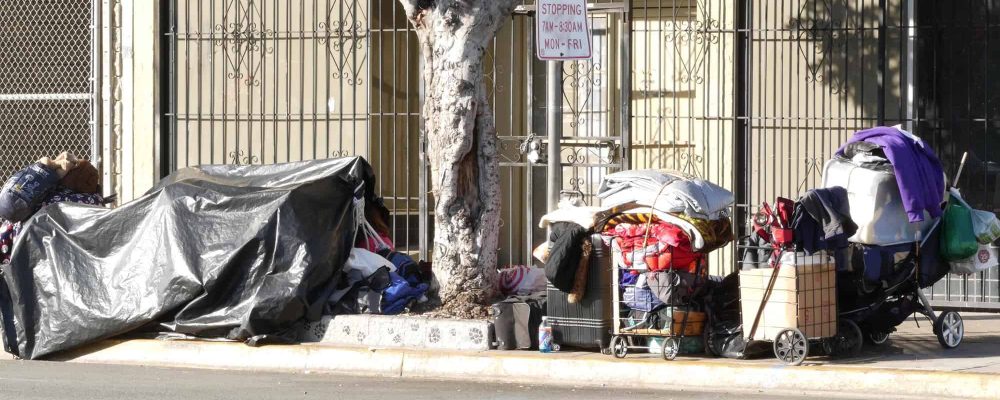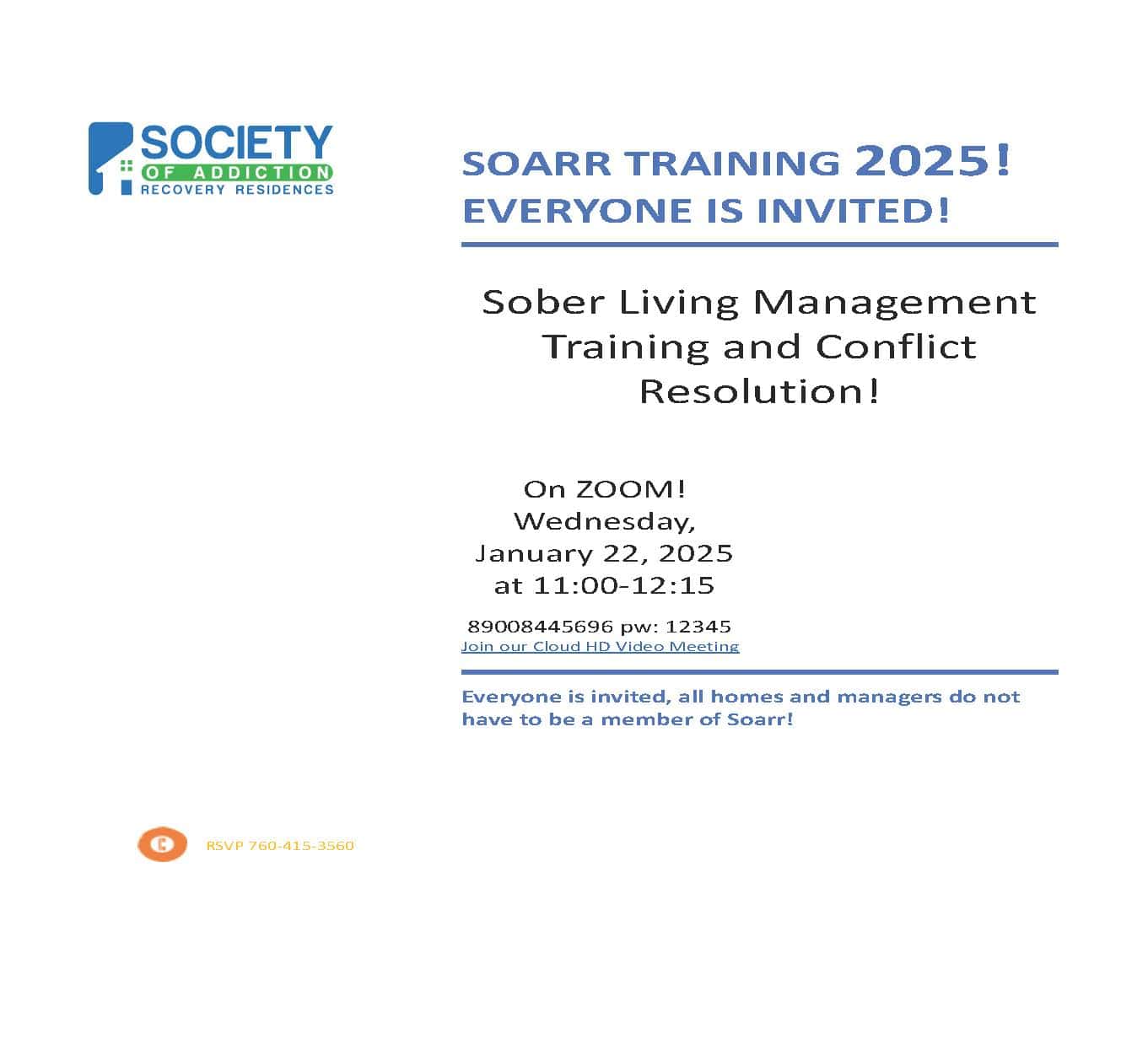In 2023, Governor Gavin Newsom signed Senate Bill 43, granting counties a two-year period to adopt an updated conservatorship law aimed at addressing addiction and mental health issues among the homeless. Currently, only San Francisco and San Luis Obispo counties have begun implementing these changes, but San Diego County is now making an effort to do so as well.
Addiction remains a significant challenge in San Diego County, impacting countless individuals and communities. Substance use disorders not only affect the health and well-being of those struggling but also have broader social consequences.
Addiction, Mental Illness, Homelessness and the Conservatorship
One of the most visible effects of addiction is its strong link to homelessness. Many individuals experiencing homelessness in San Diego County are also dealing with substance use issues or mental health issues.
This complex challenge creates barriers to providing adequate support and solutions. Addiction often exacerbates mental health disorders and homelessness by impeding individuals’ ability to secure stable housing and maintain employment, creating a cycle that is difficult to break.
The government hopes the new expanded conservatorship laws will help diminish some of the challenges of addiction, mental illness, and homelessness. The conservatorship law, in theory, will allow loved ones, police, and medical providers to force people into mental health holds and drug treatment, if available.
Impact on Nuisance Crimes
Officials hope that the new law will help deter or mitigate the nuisance crimes that come along with increased rates of addiction. The intersection of addiction and homelessness also contributes to an increase in nuisance crimes. Areas with high rates of substance use and homelessness often see higher incidences of activities such as public intoxication, vandalism, and petty theft. They may also see prostitution or other forms of sex work.
These crimes can strain local resources, including law enforcement and emergency services, and impact residents’ quality of life. It can also be devastating to watch loved ones go through the court system over and over again without any treatment. A conservatorship would help families force their loved ones into treatment, in the form of tough love.
San Diego County’s Progress
San Diego County officials are advancing their efforts to put the expanded conservatorship law into practice. This new legislation broadens conservatorships to encompass individuals who cannot ensure their safety or medical care, including those struggling with substance use disorders and mental health challenges.
Anticipated Changes and Training in San Diego County
Dr. Luke Bergmann from the Behavioral Health Services department highlighted the anticipated rise in 72-hour psychiatric holds, also known as 5150 holds.
“We expect potentially thousands more holds annually,” Bergmann noted.
The county has collaborated with law enforcement and policy experts to develop specialized training. Over 100 peace officers have already been trained on the updated criteria.
San Diego County’s Expansion of Resources
San Diego County currently offers 78 detox beds for Medi-Cal patients, with plans to add 21 more beds, increasing capacity by nearly 30%. A new substance abuse treatment facility will provide around 100 additional beds by January 2025.
Additionally, construction has begun on the county’s seventh crisis stabilization unit in El Cajon, which will serve as an alternative drop-off location for individuals detained under 5150 holds.
The county is working with the state to establish new treatment settings and integrate mental health and addiction care more effectively.
Challenges in Enforcement, Prevention, and Recovery Efforts
Efforts to combat drug issues in the San Diego Bay Area will still face significant challenges. The area itself is a magnet for drug traffickers due to its bay.
Law enforcement agencies continue to work to disrupt drug trafficking and distribution networks, but these operations are often met with sophisticated criminal enterprises. Meanwhile, prevention and treatment programs, while effective, struggle to keep pace with the scale and complexity of drug abuse. There are often fewer treatment beds available than potential patients, usually leaving people in need of help on waiting lists as they struggle with addiction. People forced into treatment by conservatorships may still end up waiting a lengthy time as their issues continue to progress.
Sober Living in the San Diego Area
If you or somebody you love is ready to take the next step and try a sober living home, we’re here to help. Maintaining sobriety is paramount during early recovery.
Selecting an abstinence-based sober residence that offers an inspiring and supportive setting can significantly impact your progress. Our website is here to guide you through the best sober living options in San Diego, ensuring you find a place that nurtures your recovery. Get started with your search for a sober living home.





